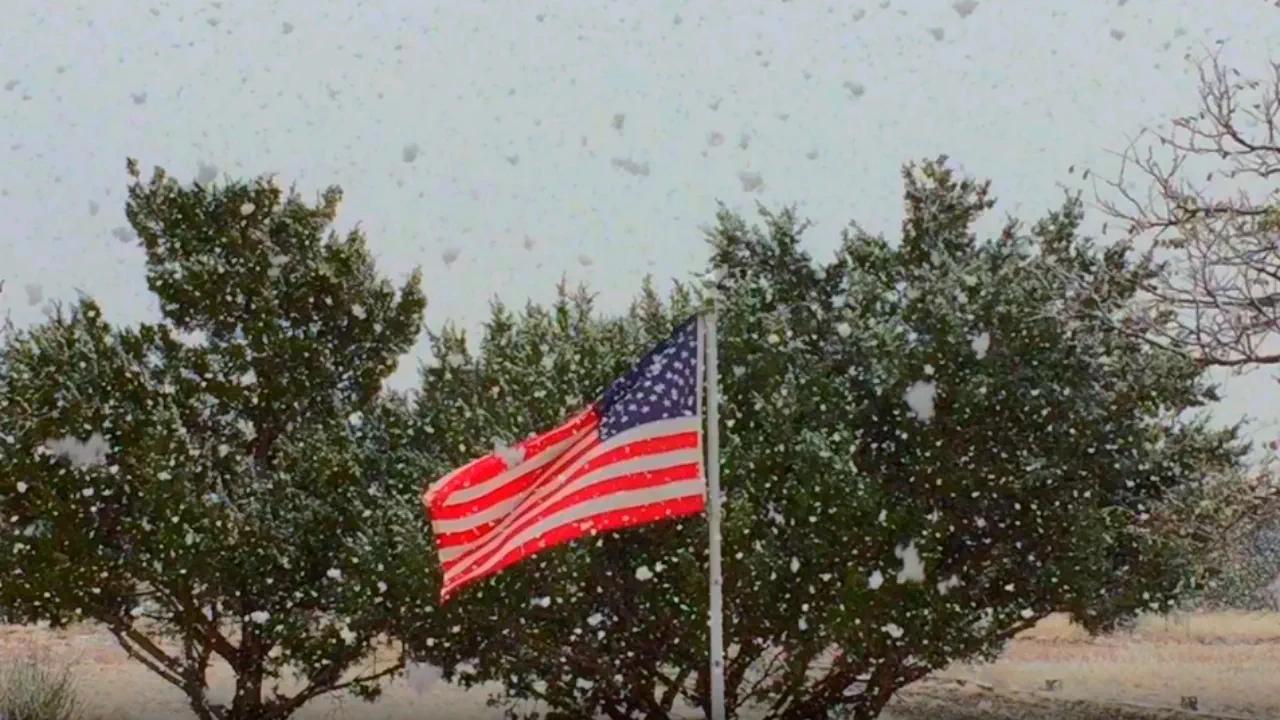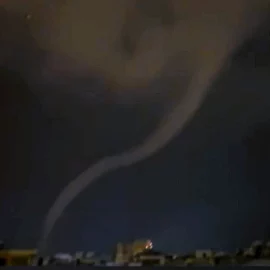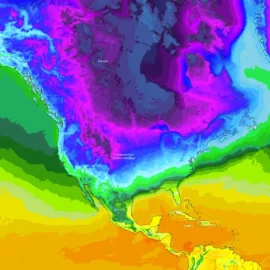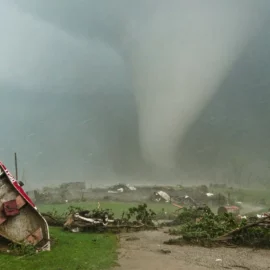
Winter Weather Forecast 2025: An In-Depth Analysis
As the winter season approaches, many are eager to know what the upcoming months have in store. Recent updates in the latest model data have increased the amount of snowfall predicted over the northern half of the United States and southern Canada, while Europe is expected to see less snowfall.
But what is driving these changes, and how will the global weather pattern influence the winter season?
To answer these questions, it is essential to examine the leading global weather driver, the cold La Niña, and its expected influence on the Winter 2024/2025 season. The ENSO (El Niño-Southern Oscillation) phases, including La Niña, significantly impact tropical rainfall, pressure patterns, and the complex dynamics between the ocean and the atmosphere.
ENSO phases, which typically occur every 1-3 years, can either be warm (El Niño) or cold (La Niña). The current forecast indicates that a weak La Niña is expected to be active over the upcoming winter season. This cold phase will change the circulation pattern, significantly impacting tropical rainfall and pressure patterns. The image illustrating the circulation pattern of a cold phase displays the complex dynamics between the ocean and the atmosphere.
The latest September ocean anomaly analysis reveals colder-than-normal ocean surface temperatures in the central and eastern ENSO regions. These cold anomalies, shaped like a wave, are a result of the strong easterly trade winds that push waters towards the west, bringing deeper, colder water to the surface. The official IRI probability forecast image indicates that La Niña conditions will last over the Fall and Winter, with a weakening of the La Niña expected early next year, followed by a shift to a neutral phase by summer 2025.
To better understand the changes in the ocean surface temperatures, a high-resolution video animation demonstrates how the ocean temperatures transitioned from warm to cold anomalies across the ENSO regions in the tropical Pacific. These changes in the oceans are known to impact winter weather patterns and snowfall potential.
La Niña typically has a more direct impact on North America, particularly the United States and Canada. The main influence of these ocean anomalies can be seen in the changing jet stream patterns. A jet stream is a large and powerful stream of air, flowing like an atmospheric river, at an altitude of around 8-11 km (5-7 miles). The changing jet stream patterns affect snowfall predictions over North America.
In contrast, Europe is not known to have a direct influence from La Niña, as it is too far from the source. However, La Niña does change the weather globally, and its impact can be observed in Europe, although other factors are at work before the La Niña influence can spread that far.
The latest model data has increased the amount of snowfall predicted over the northern half of the United States and southern Canada. This increase is a result of the La Niña influence, which typically leads to a more meridional flow (north-south flow) in the atmosphere. This meridional flow causes cold air from the north to penetrate deeper into the United States, resulting in colder temperatures and more snowfall.
On the other hand, Europe is expected to see less snowfall than initially predicted. This decrease is due to the lack of a direct La Niña influence and the complex dynamics of the atmosphere over Europe.
In conclusion, the Winter 2024/2025 snowfall predictions have been updated, and the latest model data indicates an increase in snowfall over the northern half of the United States and southern Canada. This increase is driven by the weak La Niña, which is expected to be active over the upcoming winter season. La Niña's influence on North America, particularly the United States and Canada, is more direct, while its impact on Europe is less prominent due to the distance from the source.
Founder and chief forecaster of the Pogodnik service. He has many years of experience in the meteorological service. He is the author of numerous scientific publications and popular articles about the weather.




